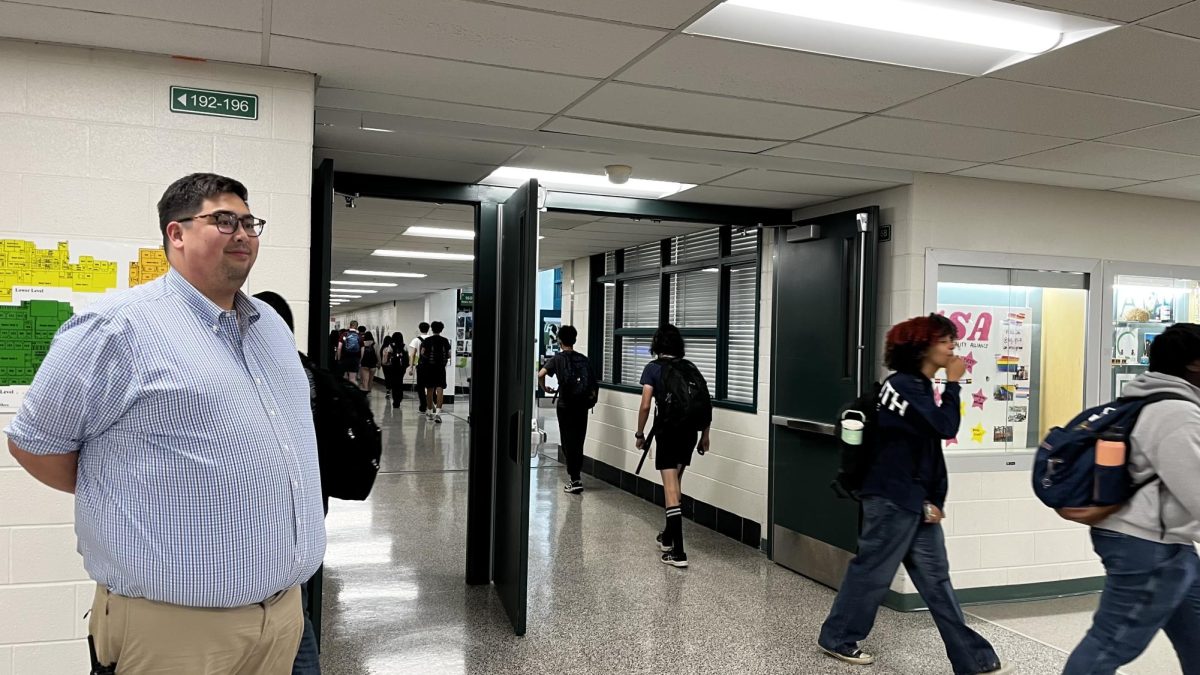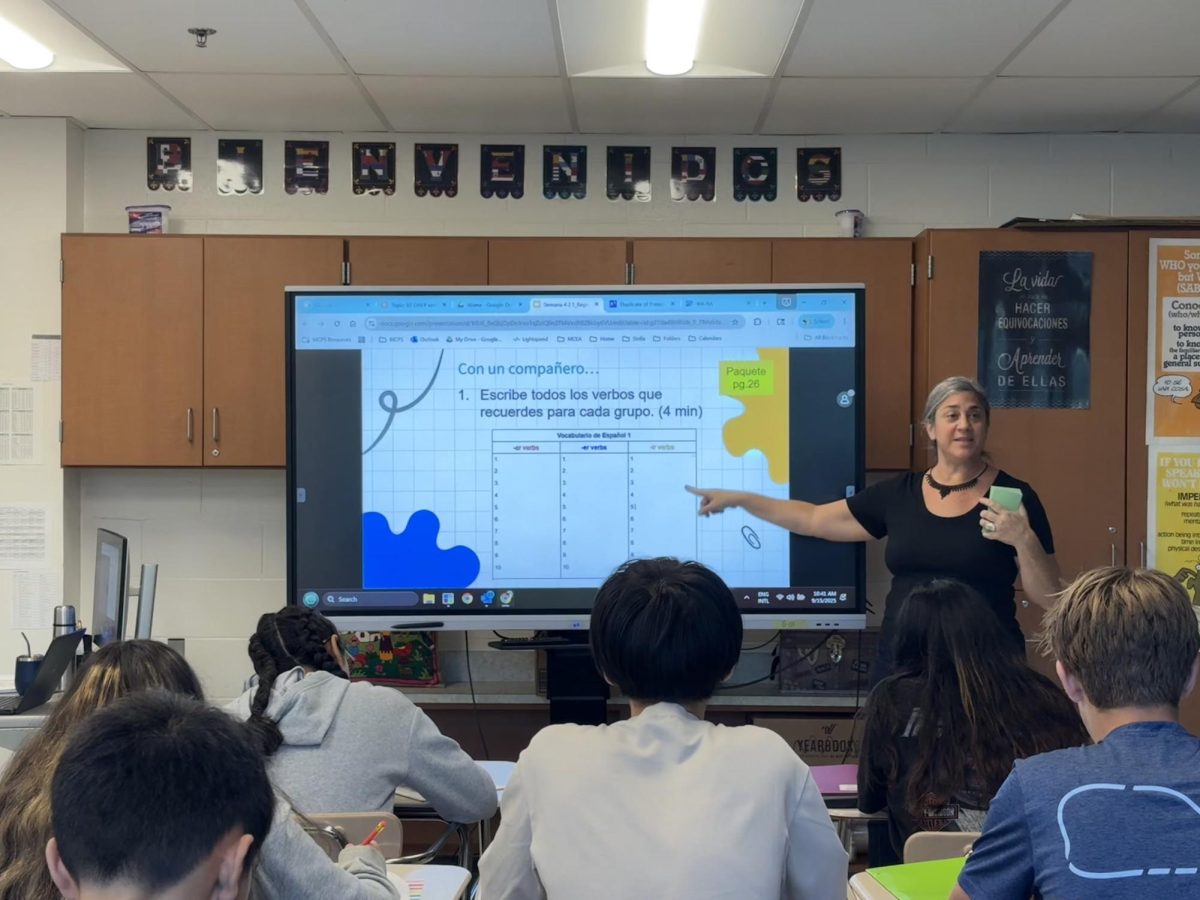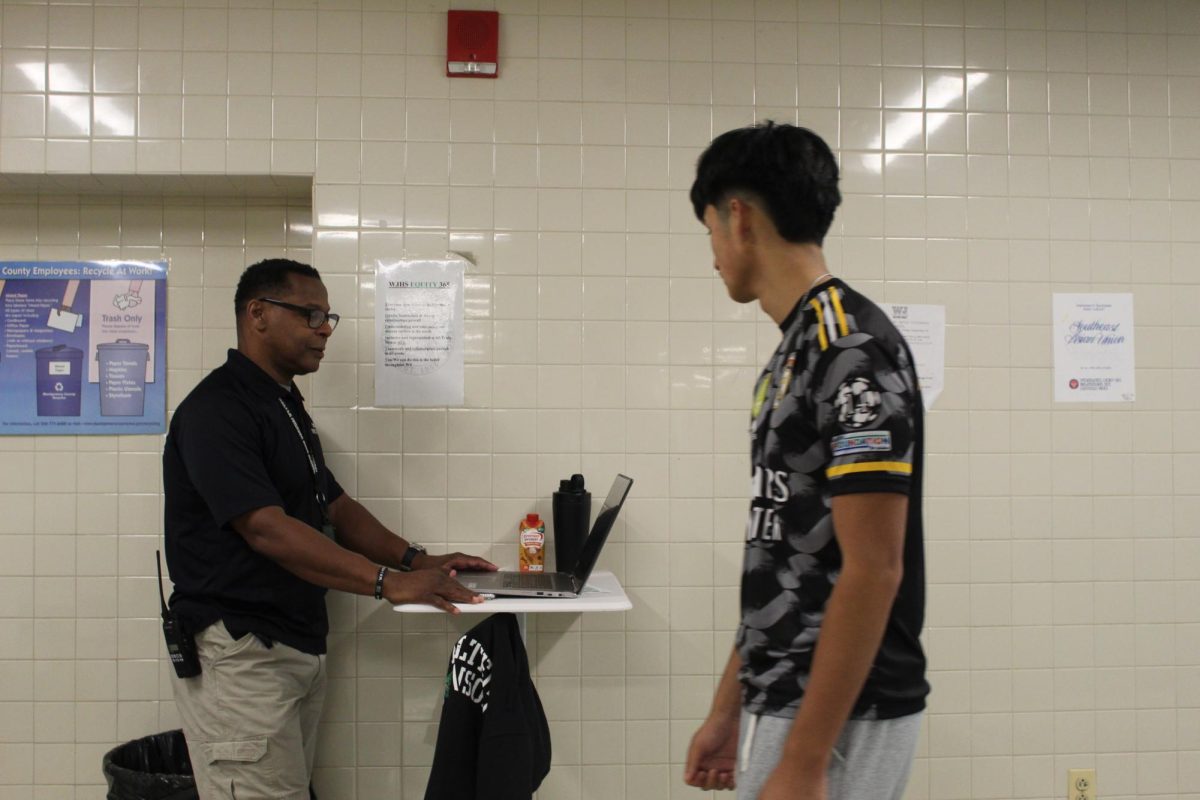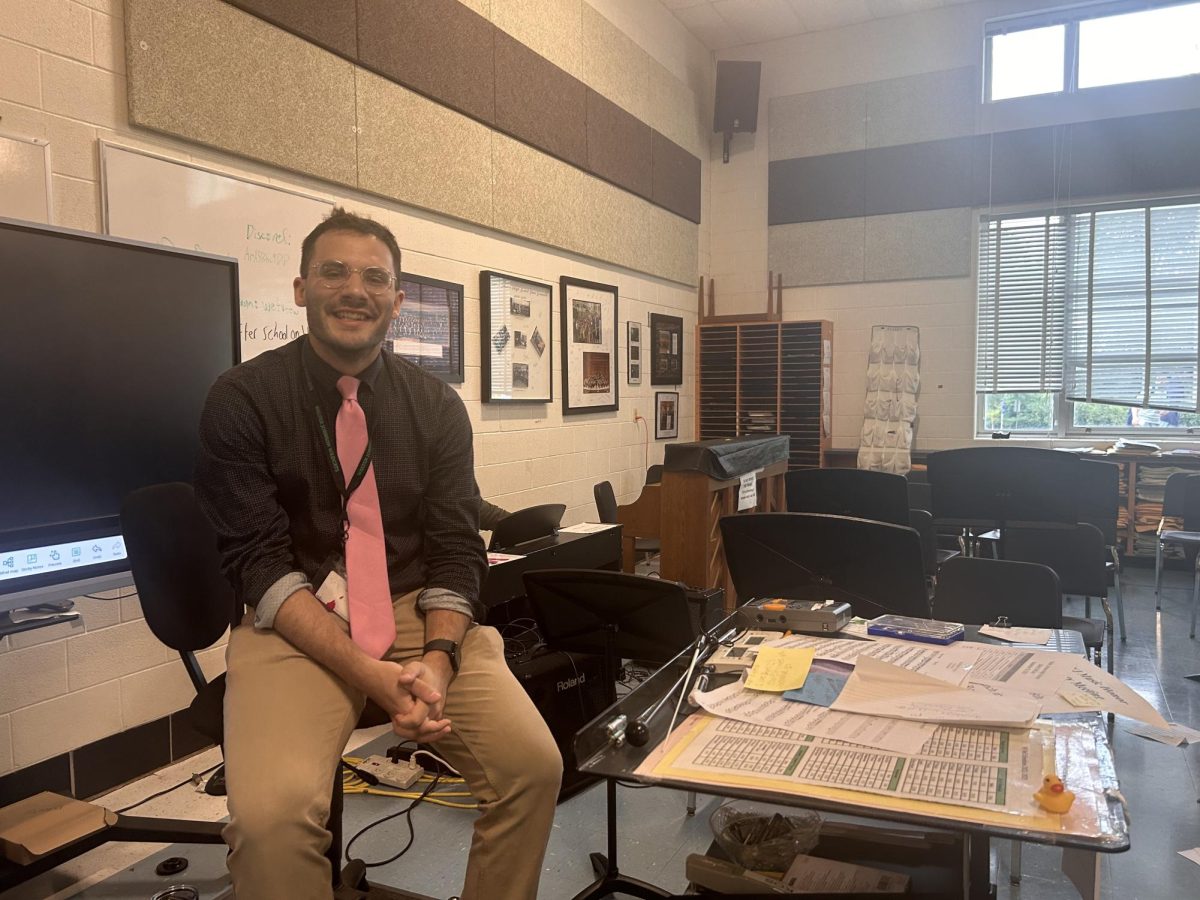**Students have asked their names to be changed to respect their privacy
When schools shut down in March 2020, like most students, senior Beth Evans started spending a lot more time on social media. Isolated from friends, she started experiencing body dysmorphia from seeing people post what they eat in a day and their workout routines. The pressure to be an impossible kind of skinny pushed Evans to begin to severely restrict her diet and eventually develop an eating disorder that she still struggles with today, two years later. Unfortunately, Evans’ story is not unique.
Eating disorders are extremely common especially among teenagers and the pandemic only intensified that. According to the Pitch mental health survey, 23.8% of the 626 respondents said that they have or have had an eating disorder.
Aside from a few lessons in health class, eating disorders at WJ are rarely talked about and deeply stigmatized, leaving students who are struggling feeling even more alone and unsure of what to do. To cope, students have relied on a variety of different support systems for help.
“I reached out to a couple friends who are also struggling with [an eating disorder] as well, but it’s not good to talk about it too much because it can be kind of triggering for the other person to hear about somebody else’s eating disorder. And then, teachers. I found two teachers who really helped me. And then of course my parents, and now I am in therapy, so that has helped,” Evans said.
Body image issues can start to develop in childhood, especially when students interact with people or groups who establish a negative association with fatness or an obsession with being skinny.
“My grandmother refused to feed me when I was little because she thought I was fat. This led to me being scared of being fat. Also, I was always involved in sports like figure skating or rhythmic gymnastics where the beauty standard is being very skinny and gaming weight was frowned upon. Unhealthy bodies were glamorized in these sports,” junior Anna Davis said.
While the school health curriculum discusses eating disorders, they don’t provide much information to help students after they have developed eating disorders.
“I think they do right by teaching the different types of eating disorders and by kinda debunking the stereotypes in a way. It’s kinda good but also a little bit of a joke cause they talk about ways to prevent [eating disorders] but it’s kinda hard to prevent if you already have it,” freshman Carrie Fletcher said.
One of the other misconceptions about eating disorders is that one can just “get over it.” In reality, it is a much longer and more complicated process. Therapy can be tremendously helpful in the process.
“I guess I am trying to recover right now in therapy, but it’s not linear and it’s not easy, so I wouldn’t say I am in recovery, I am just working towards recovery,” Evans said.
The pressures of school can also trigger eating disorders. Being under significant stress can make students feel out of control, which pushes them towards unhealthy eating habits.
“BC Calculus made me relapse massively due to the fact that it was extremely stressful, and when I get stressed out, my eating disorder manifests starvation,” Davis said.
Social culture surrounding eating can contribute to eating disorders and relapses as well.
“Other kids who try to glamorize eating disorders and talk about ‘how they didn’t eat today’ or how they ‘never eat.’ This happens with people I don’t know well, as well as even close friends,” Davis said.
Problems also exist in how people think that every person’s experience with eating disorders is identical.
“Not every form of [eating disorder] is the same but a lot of people just assume that they are. A lot of people are going through different things and different situations that cause them,” Fletcher said.
Providing more resources for students at school can help prevent eating disorders and help survivors find support. Though therapy can be very helpful, there are often financial barriers, so students need more accessible resources for support.
“I think [WJ counselors] might need more training on it or an actual trained professional because most people that I know aren’t that comfortable speaking with the school nurse or counselor,” Fletcher said.
Anyone can struggle with an eating disorder. Unlike the stereotypes, it is not only the white, straight, able bodied, skinny, cisgender women who struggle. According to ANAD (National Association of Anorexia Nervosa and Associated Disorders), BIPOC (black, indigenous, and people of color) with eating disorders are half as likely to be diagnosed or to receive treatment as their white counterparts. Gender non-conforming individuals are also more likely to develop eating disorders, and 32% of transgender people report using their eating disorder to modify their body without hormones, according to a 2016 survey of 84 transgender individuals. Eating disorders can affect anyone. It is okay to ask for help if you need it.
“To other students who are struggling… Please reach out for help because it is not worth the battle. If you are starving yourself, you are killing your body. It is so important to reach out for help because you can’t do this alone,” Evans said.
Crisis Text Line: Text HOME to 741741
https://www.crisistextline.org/
National Eating Disorders Association (NEDA): Call or text (800) 931-2237
https://www.nationaleatingdisorders.org/
ANAD’s free, eating disorders Helpline: call 1 (888)-375-7767
https://anad.org/
The Impact of Race and Racism on Eating Disorders-
https://www.verywellmind.com/race-racism-and-eating-disorders-5076344















